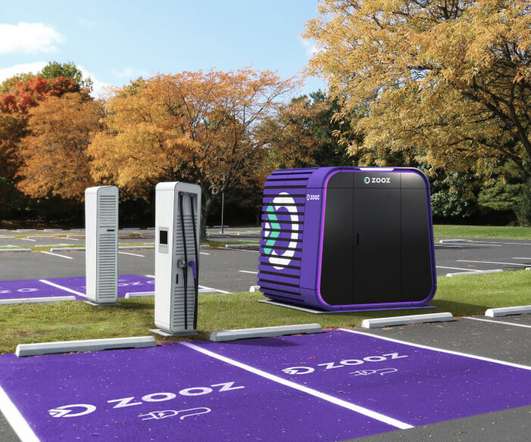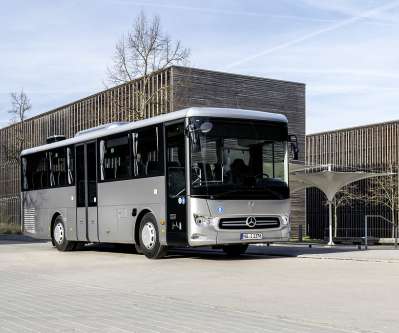BMW i home energy storage system integrates 2nd-life i3 vehicle batteries
Green Car Congress
JUNE 21, 2016
BMW i announced a home stationary energy storage system solution integrating its BMW i3 vehicle battery at EVS 29 in Montréal. Utilizing real-time energy readings, the system can measure the available energy supply and demand, making the necessary calculations to determine the optimal time to charge or discharge the system.



























Let's personalize your content